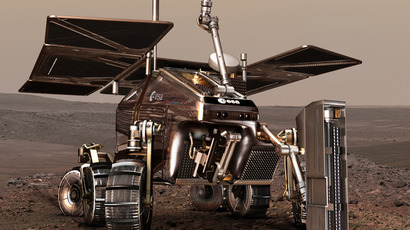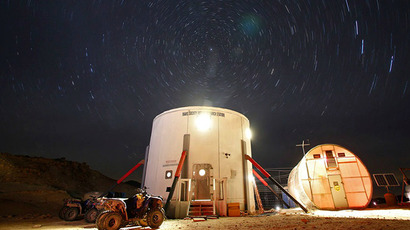Phobos-Grunt-2: Russia to probe Martian moon by 2022
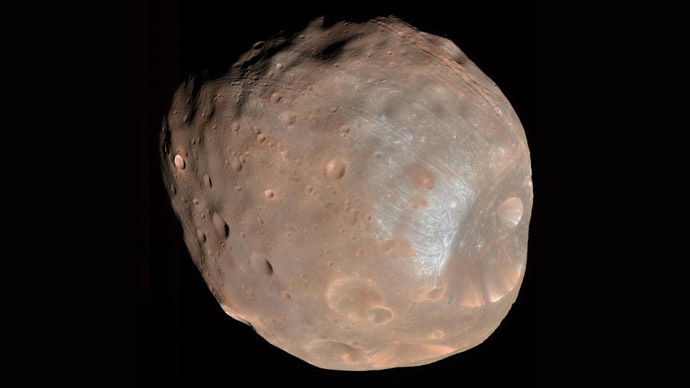
Russia is set to launch a probe to the Martian moon Phobos by 2022, the head of the Russian Space Research Institute has revealed. The renewal of the ambitious program, which includes taking samples of the moon’s soil, comes despite previous failure.
“We plan to get back to Phobos in 2020-2022,” the
institute’s director, Lev Zeleny, announced on Tuesday, speaking
at the Russian Space Research Institute of the Russian Academy of
Sciences.
The new interplanetary probe mission will become “a
springboard for implementing other similar international
programs,” he added. It is currently codenamed “Boomerang.”
Earlier in April, the scientist said that the mission to the
Martian vicinity will be repeated despite the failure of the
Phobos-Grunt probe in 2011.
Zeleny explained that the nature and origin of Phobos are of
major interest to science. There is a theory that the moon might
be a captured main-belt asteroid containing materials dating back
to the formation of the solar system.
Other than taking and delivering samples of the Red Planet moon’s
soil for research, which could reveal its origin, the
2011-launched Phobos-Grunt probe had a list of different goals.
Those included the environmental study of the vicinity of Mars,
monitoring of the planet’s atmospheric behavior, search for
traces of life, and a round-trip LIFE experiment involving
capsuled extremophile microbes.
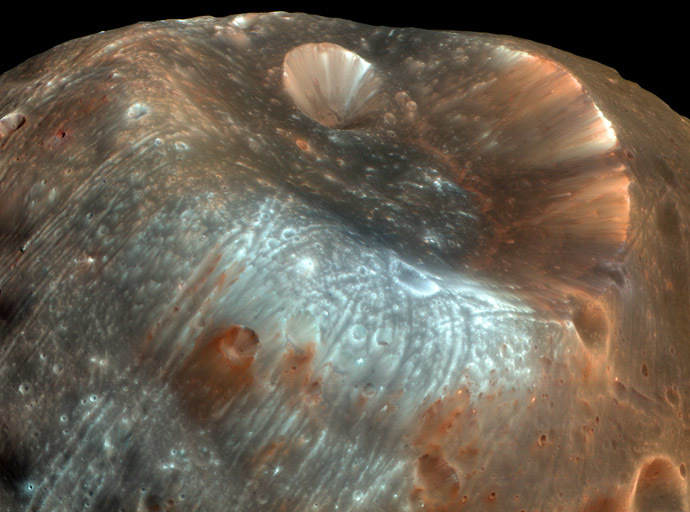
The probe was also tasked with delivering Chinese surveying
satellite “Yinghuo-1” to the orbit of Mars.
However, shortly after takeoff on November 9, 2011, Phobos-Grunt
became trapped in near-Earth orbit after failing to fire its
engines which would have darted it to Mars. Attempts to revive
the probe proved fruitless, as it did not respond to commands
from Earth. The probe eventually plummeted back, partly burning
up in the atmosphere, and its remains fell into the Pacific Ocean
on January 17, 2012.
Later that month, the Russian Space Agency concluded that solar
radiation was behind the malfunction of the probe. The agency’s
ex-director, Vladimir Popovkin, pointed out that the
microelectronic hardware which failed to resist the heavily
charged space particles was foreign-made.
But both the official comments and reports citing agency sources
said that the launch was risky from the start due to poor testing
constrained by deadlines. Consequently, the testing and equipping
of spacecraft developed in Russian space programs was said to be
totally revised and overhauled.
The string of failures of Russia’s attempts to explore Mars and
the larger of its two moons has been dubbed its “Martian curse.”
For the nation that was the first to launch a satellite and a
human being into space and achieved the first unmanned lunar and
Martian soft landings, the setback has been particularly
humiliating.
In the last 25 years, Soviet/Russian scientists carried out four
unsuccessful missions of Phobos-1 and Phobos-2 (1988), Mars-96
(1996) and Phobos-Grunt.
None of the missions were completely in vain, though, as the
technologies developed for them have been used in both Russian
and international Martian projects.
Recently, Roscosmos and the European Space Agency have teamed up
to develop a united ExoMars exploration program. The agencies
plan to send a satellite to Mars in 2016. And in 2018, they plan
to land a rover that would be able to drill the planet’s soil
some 30 times deeper than NASA’s “Curiosity.”
Meanwhile, Russia is slowly but steadily preparing for its most
ambitious space project – the manned interplanetary mission to
Mars.
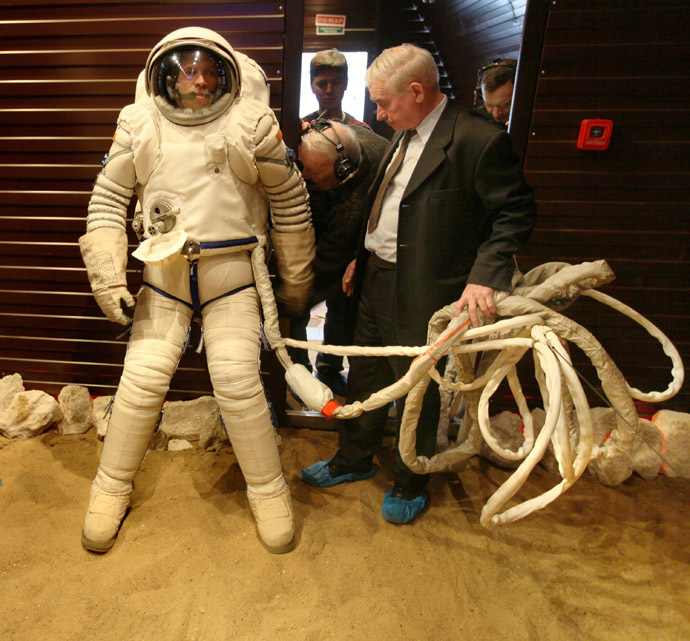
In 2010 and 2011, Russia carried out the Mars-500 experiment. A
group of six volunteers were locked inside a simulated spacecraft
at the Institute of Biomedical Problems in Moscow for 520 days –
the time it would take to go to Mars and back.
In 2018, Roscosmos plans to stage an even more complicated
experiment by sending two cosmonauts for one year to the
International Space Station (ISS). They will then be returned to
Earth to imitate activities on the Martian surface before
immediately returning to the ISS to simulate the trip back home.
Equally crucial for the manned mission to Mars is the development
of the new nuclear engine with an electric ion propulsion system.
The start of the testing for this drive, which is meant to exceed
the limits of traditional rocket engines, is scheduled for 2017.
Roscosmos has estimated that a functioning atomic engine will not
arrive in space before the year 2025, and said that the next
possible date to send a manned expedition to Mars would occur in
2035.













